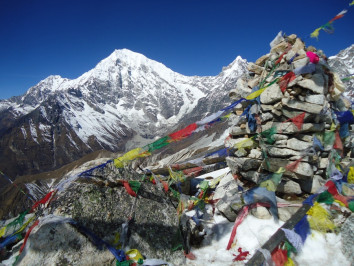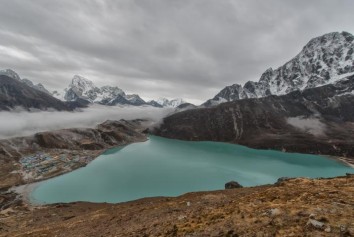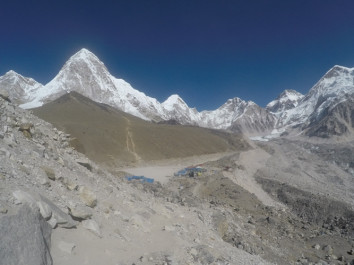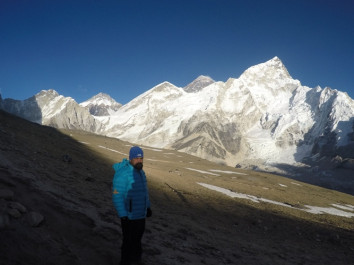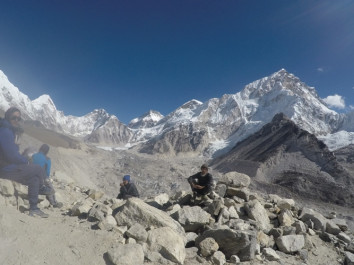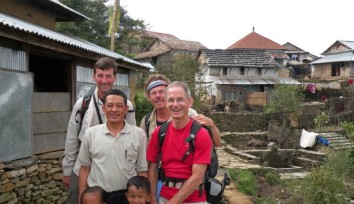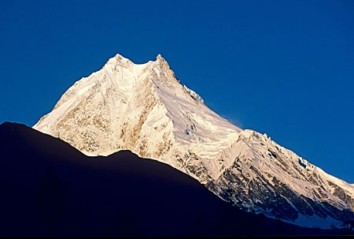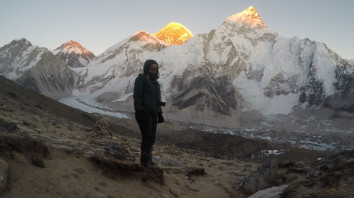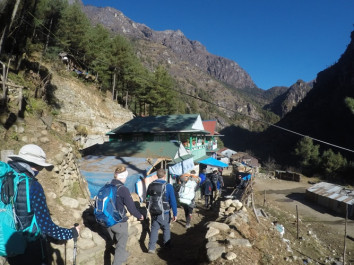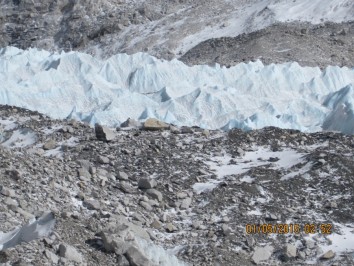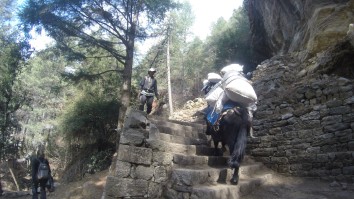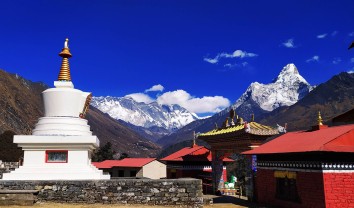Himalaya Trekking in Nepal
Trekking in the Himalayas in Nepal is a popular and awe-inspiring adventure for nature enthusiasts and outdoor adventurers. Nepal is renowned for its stunning mountain landscapes, with eight of the world's 14 highest peaks, including Mount Everest, located within its borders.
Table of Contents
Here are some key points to consider when planning a Himalaya trekking adventure in Nepal:
-
Everest Base Camp Trek: This is one of the most famous treks in the world, taking you to the base camp of Mount Everest, the highest mountain on Earth. You'll pass through Sherpa villages, monasteries, and experience incredible mountain scenery.
-
Annapurna Circuit Trek: The Annapurna Circuit is a classic trek that encircles the Annapurna Massif. It offers a diverse range of landscapes, from subtropical forests to high alpine meadows. The highlight is the Thorong La Pass, one of the highest trekking passes in the world.
-
Langtang Valley Trek: This trek takes you into the Langtang National Park, providing stunning views of the Langtang Himal and access to the beautiful Langtang Valley. It's a shorter and less crowded trek compared to some others in Nepal.
-
Manaslu Circuit Trek: This trek circles the Manaslu Massif in the remote Gorkha region. It offers a less-trodden path, and the area is rich in cultural and natural diversity.
-
Upper Mustang Trek: Known as the "Forbidden Kingdom," Upper Mustang is a restricted area that was only opened to foreigners in 1992. The trek offers a unique and culturally rich experience with its Tibetan-influenced culture and arid landscapes.
-
Kanchenjunga Base Camp Trek: This trek takes you to the base camp of the world's third-highest mountain, Kanchenjunga. It's a less frequented trek in the eastern part of Nepal, offering a more remote and pristine environment.
-
Gosaikunda Trek: This is a shorter trek that takes you to the sacred Gosaikunda Lake in Langtang National Park. The trek is known for its beautiful mountain lakes and is suitable for those with less time.
-
Makalu Base Camp Trek: The Makalu Base Camp trek leads you to the base camp of Mount Makalu, the fifth-highest mountain in the world. It's a remote and challenging trek with stunning views.
-
Dolpo Trek: Dolpo is a remote and culturally distinct region in western Nepal. The trek takes you to the Shey Phoksundo Lake and explores the unique culture and landscape of the area.
-
Rara Lake Trek: Rara Lake, located in the remote northwest region of Nepal, is the largest lake in the country. The trek offers pristine wilderness and the opportunity to explore the Rara National Park.
-
Best Time to Trek: The best time for trekking in the Himalayas of Nepal is during the spring (March to May) and autumn (September to November) when the weather is relatively stable, and the views are clear. The monsoon season (June to August) brings heavy rains and is not suitable for Nepal trekking.
-
Choose a Trekking Region: Nepal offers a variety of trekking regions, each with its own unique charm. Popular regions include the Everest region (home to Everest Base Camp), Annapurna region, Langtang region, and the Mustang region, among others. Research each region to find one that suits your preferences and fitness level.
-
Permits and Regulations: Most trekking areas in Nepal require trekking permits, and some areas require a guide or a specific trekking agency. The regulations and permits vary by region, so it's important to check the latest requirements and obtain the necessary permits before starting your trekking package.
-
Guides and Porters: While some trekkers choose to go independently, hiring a local guide and/or porter is a popular option. Guides can provide valuable insights, navigate the trails, and assist with logistics, while porters can carry your heavy gear, allowing you to enjoy the trek more comfortably.
-
Trekking Routes: There are numerous trekking routes in Nepal, catering to a range of experience levels. Popular routes include the Everest Base Camp Trek, Annapurna Circuit Trek, Langtang Valley Trek, and the Manaslu Circuit Trek. Research the length, difficulty, and highlights of each route to choose one that suits your preferences.
-
Altitude Sickness: As you ascend to higher altitudes, you may be at risk of altitude sickness. Acclimatization is crucial. Most trekking itineraries are designed to allow for gradual acclimatization, but it's important to recognize the symptoms of altitude sickness and act accordingly, which may involve descending to lower elevations.
-
Packing: Pack appropriate clothing and gear for the trek, taking into account the weather conditions and altitude. Don't forget essentials like a good quality sleeping bag, trekking poles, and proper hiking boots.
-
Respect Local Culture: Nepal is a diverse country with rich cultural traditions. Be respectful of local customs and traditions when visiting villages and monasteries along your trekking route.
-
Safety: Safety should be a top priority. Inform someone about your trekking plans and estimated return date. Also, be prepared for unpredictable weather conditions, have a basic first aid kit, and follow any advice provided by your guide or the trekking agency.
-
Travel Insurance: It's highly recommended to have comprehensive travel insurance that covers emergency evacuation and medical expenses in case of any unforeseen incidents during your trek.
Trekking in the Himalayas of Nepal we offers an unforgettable experience, with breathtaking mountain vistas, encounters with local culture, and the opportunity to challenge yourself in a stunning natural environment. Remember to plan carefully, stay safe, and make the most of this incredible adventure.
Recent Posts
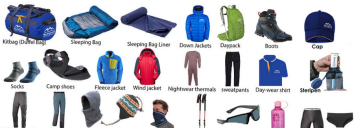
20th Oct, 2022
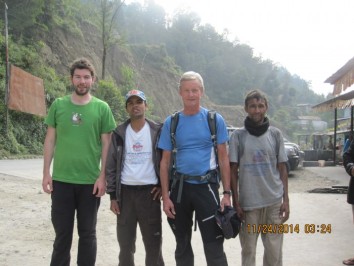
20th Oct, 2022
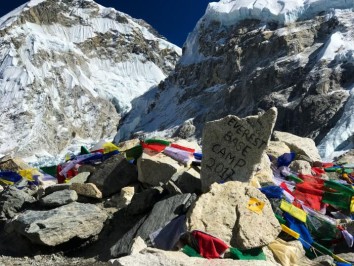
20th Sep, 2020
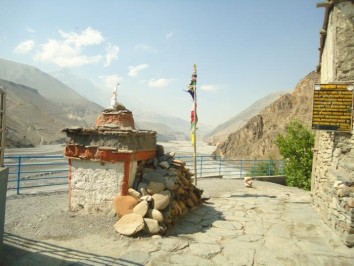
1st Sep, 2020

13th Nov, 2022

13th Nov, 2022
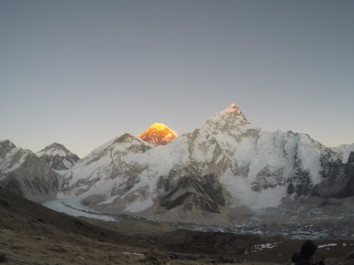
12th Sep, 2017
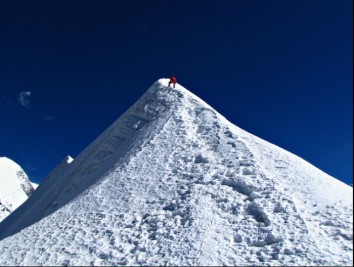
23rd Sep, 2015
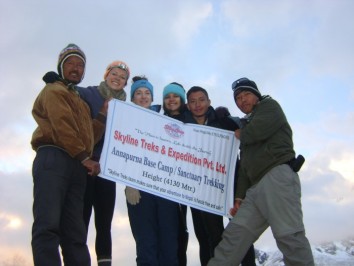
14th Aug, 2016
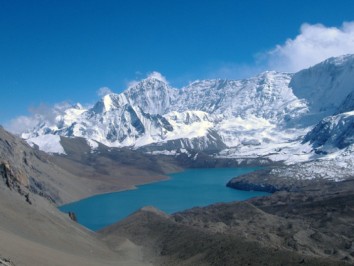
12th Aug, 2016
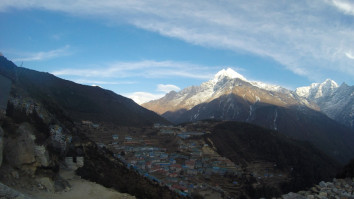
5th Apr, 2017
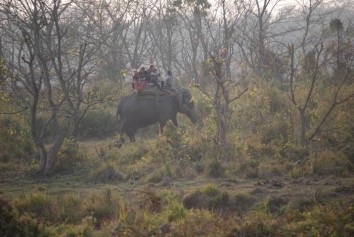
15th Jan, 2017
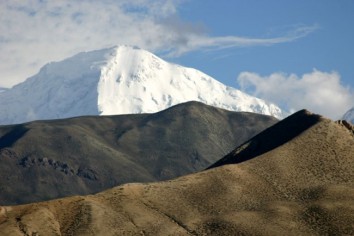
9th Jun, 2016
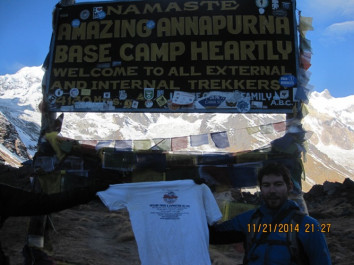
6th Jun, 2017
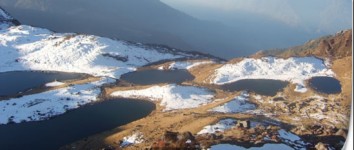
14th Sep, 2015
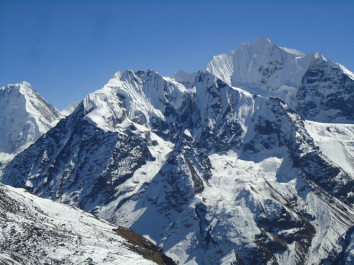
11th Aug, 2016
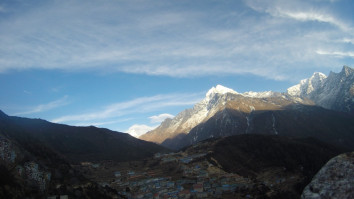
10th Apr, 2017
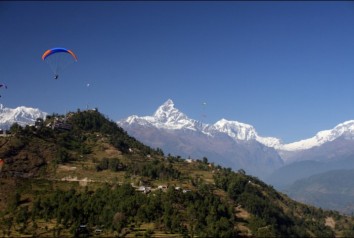
4th Oct, 2015
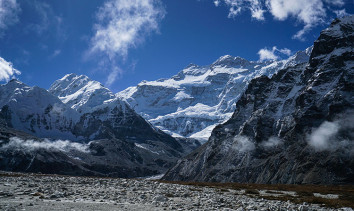
1st Oct, 2015
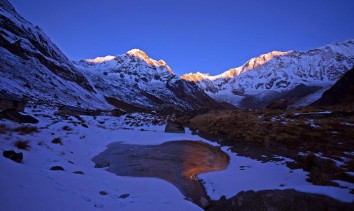
15th Jan, 2018

4th Sep, 2017
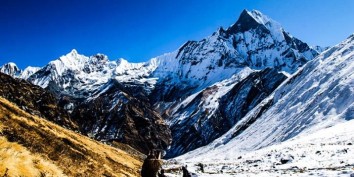
16th Jun, 2017
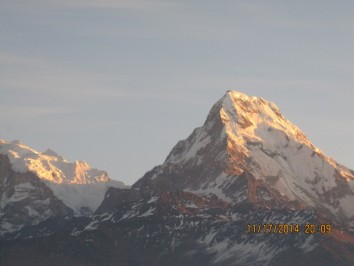
2nd Dec, 2017
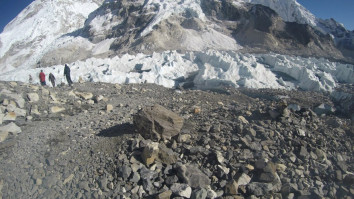
12th Oct, 2015
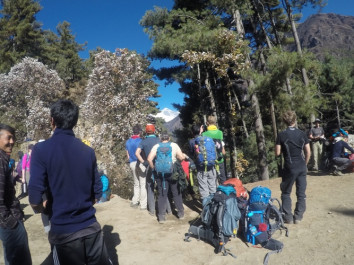
30th Jun, 2016
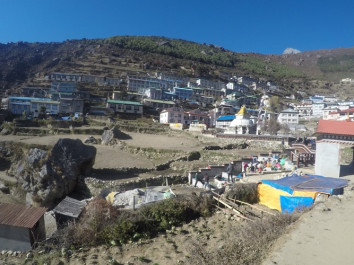
13th Apr, 2017
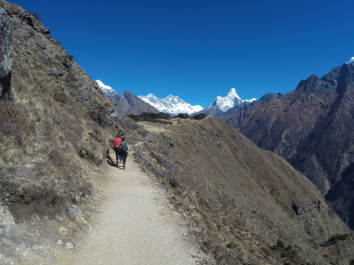
7th Jun, 2016
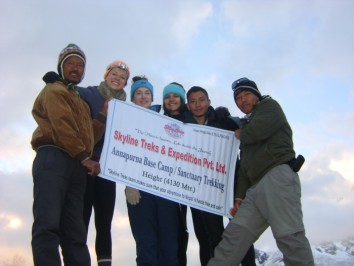
22nd Aug, 2017
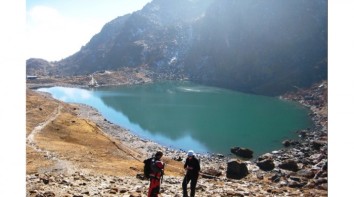
10th Sep, 2015
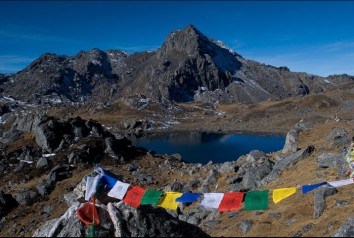
28th Aug, 2015
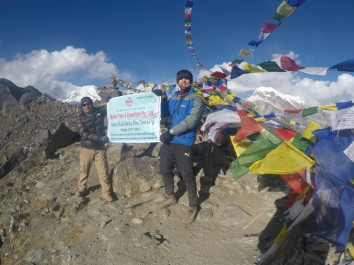
4th Jul, 2016
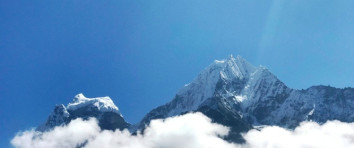
7th Oct, 2015
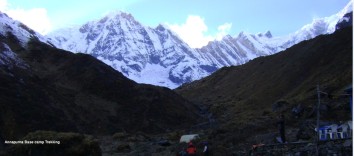
6th Dec, 2017
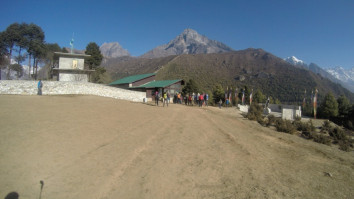
10th Jun, 2016
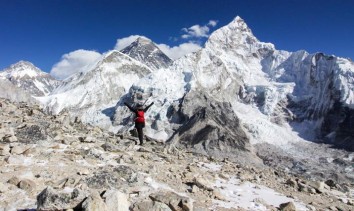
8th Jan, 2018
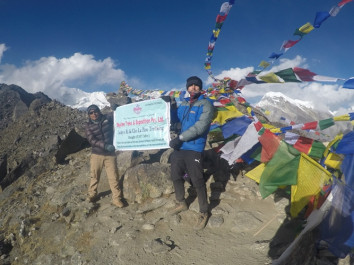
8th Jun, 2016
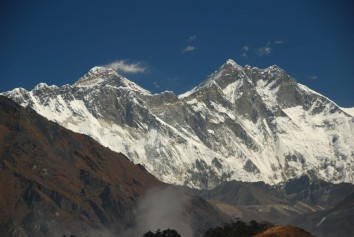
31st Aug, 2017
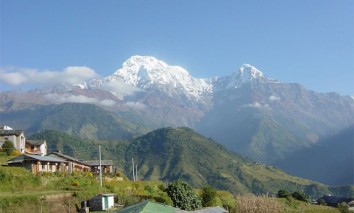
19th Sep, 2017
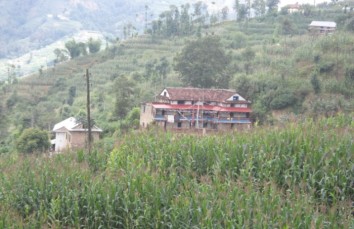
18th Aug, 2015
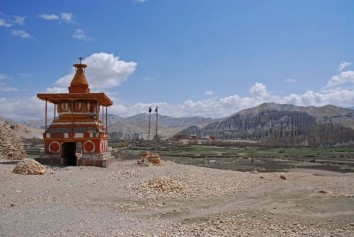
7th Aug, 2018
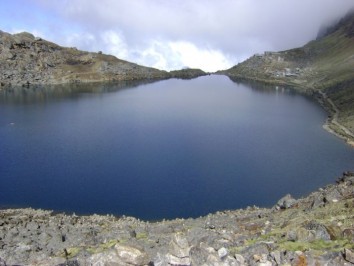
12th Sep, 2017

6th Mar, 2020
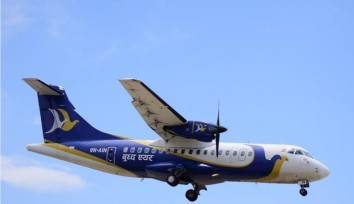
19th Sep, 2017
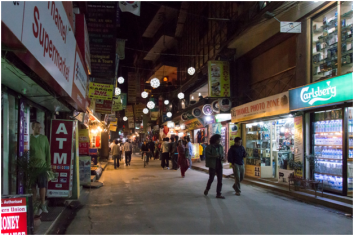
16th Feb, 2020

13th Dec, 2017

17th Jun, 2016
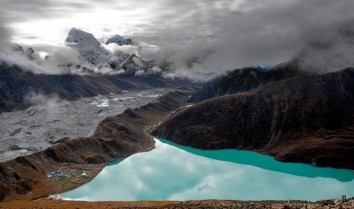
8th Dec, 2017
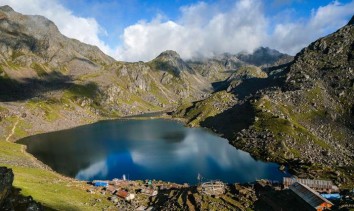
28th Jun, 2017
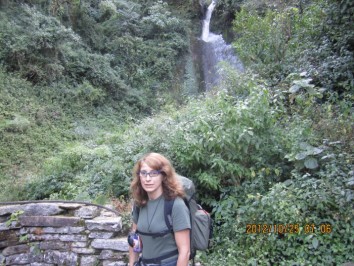
14th Oct, 2015
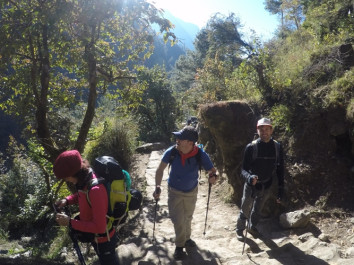
11th Jul, 2016
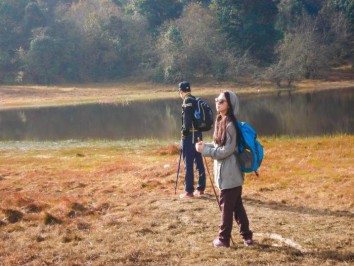
21st Jun, 2017
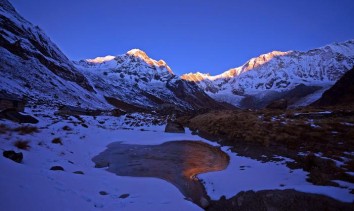
11th Jul, 2020
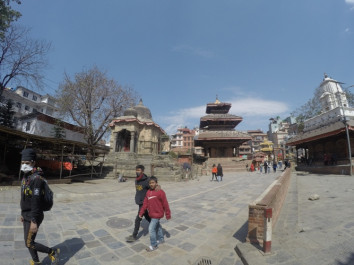
16th Aug, 2015
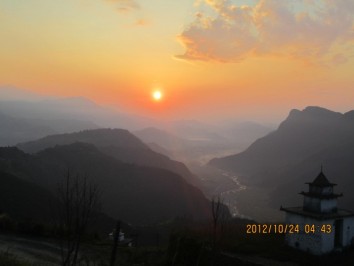
21st Sep, 2015
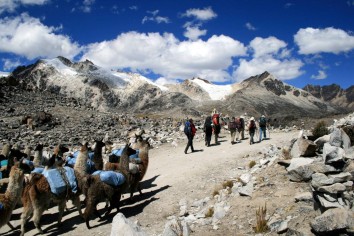
5th Mar, 2020
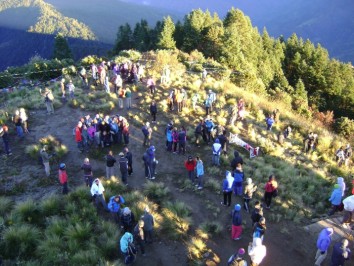
12th Jun, 2017
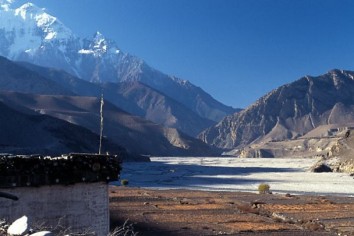
3rd Aug, 2018
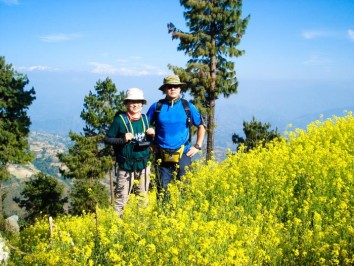
3rd Sep, 2015
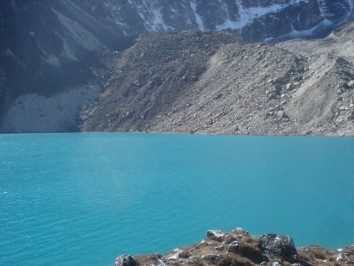
25th Jun, 2017
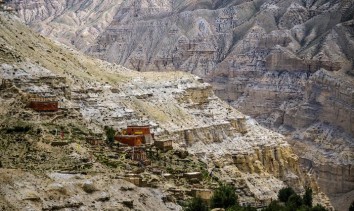
2nd Sep, 2020
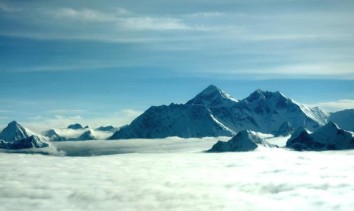
3rd Jul, 2016
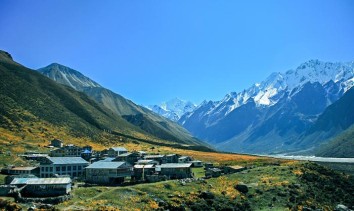
24th Jun, 2016
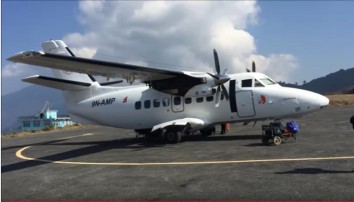
11th Aug, 2017
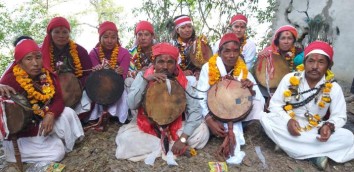
12th Jun, 2016
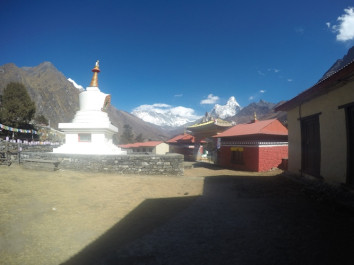
11th Sep, 2015
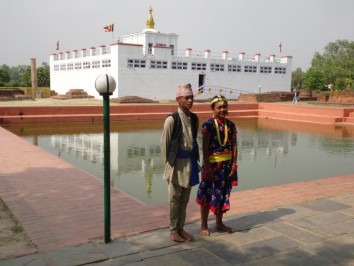
6th Aug, 2017
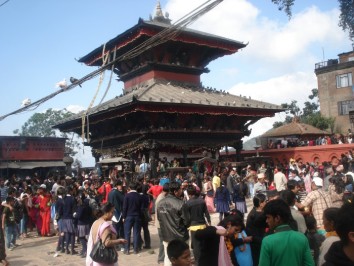
3rd Aug, 2017
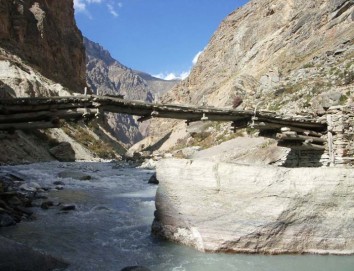
26th Jun, 2016
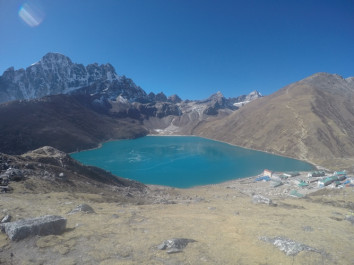
6th Jun, 2016
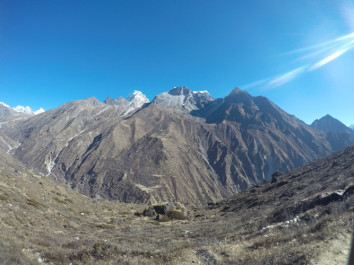
30th Aug, 2015
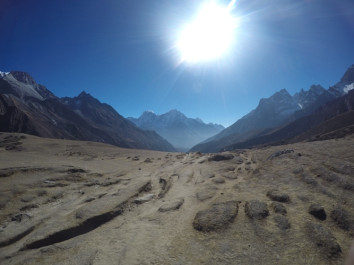
7th Sep, 2015
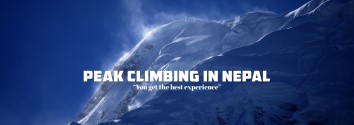
26th Aug, 2015
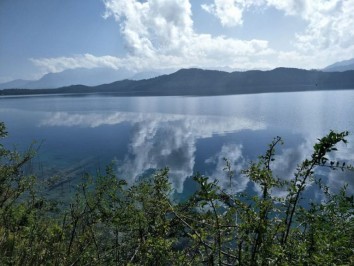
5th Sep, 2015
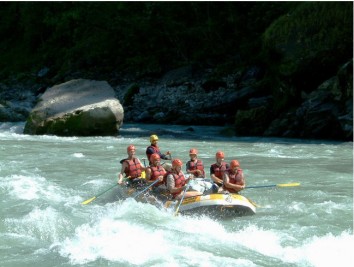
16th Sep, 2015
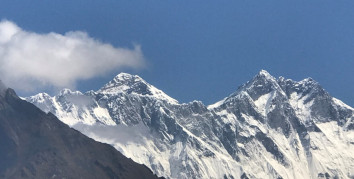
20th Sep, 2015
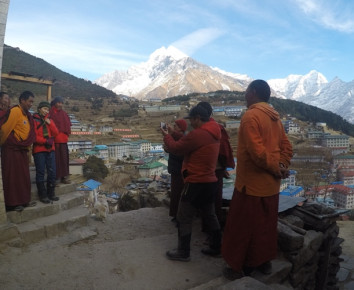
16th Jun, 2016
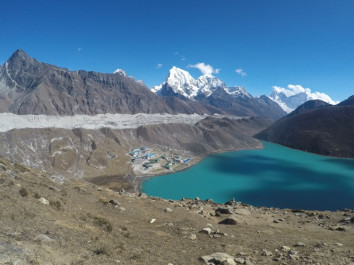
15th Dec, 2016
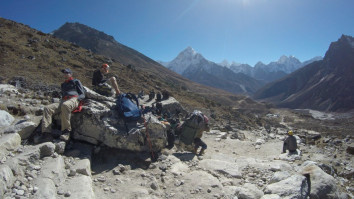
6th Jul, 2016
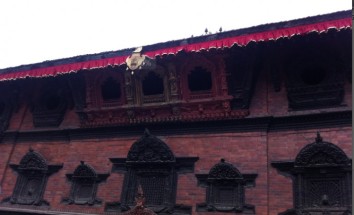
22nd Mar, 2020
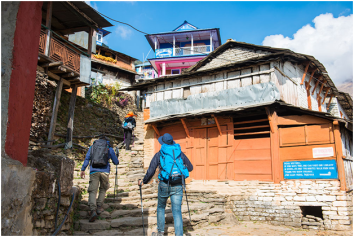
10th Mar, 2020
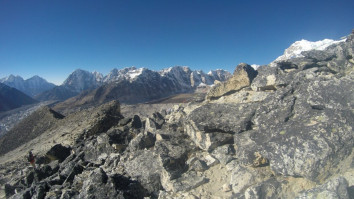
5th Aug, 2016
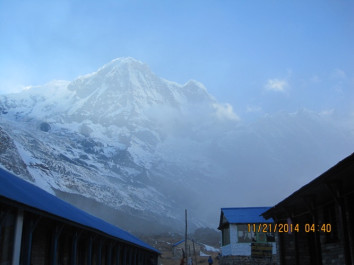
23rd Sep, 2016
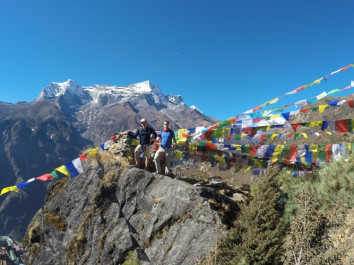
1st Sep, 2015
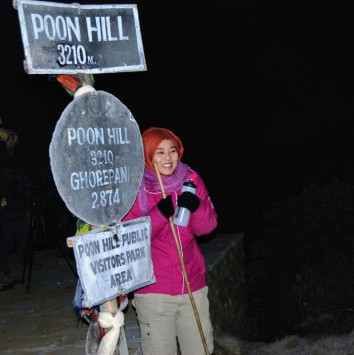
13th Dec, 2017
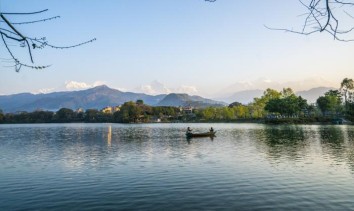
20th Jul, 2017
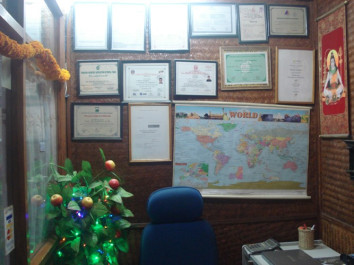
12th Aug, 2015
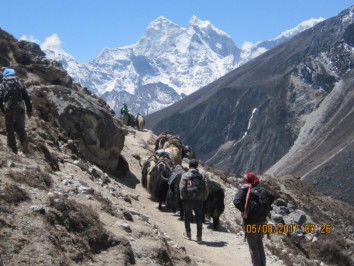
17th Nov, 2017
24th Aug, 2015
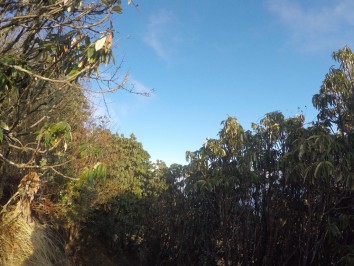
18th Sep, 2017
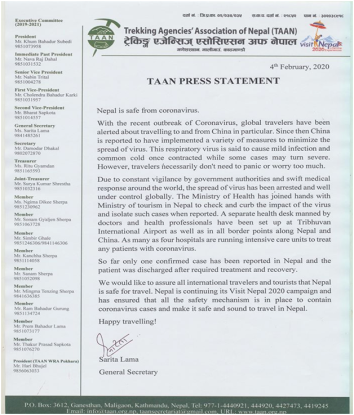
23rd Feb, 2020
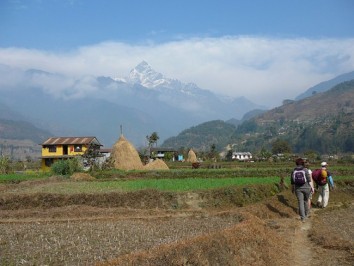
14th Jun, 2017
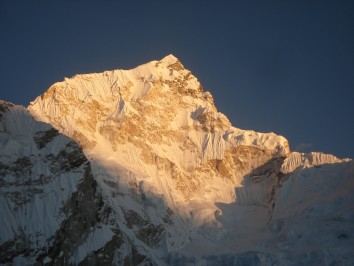
26th Jun, 2017
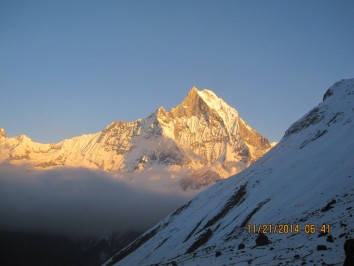
19th Aug, 2015
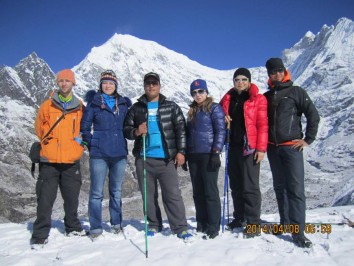
7th Apr, 2017
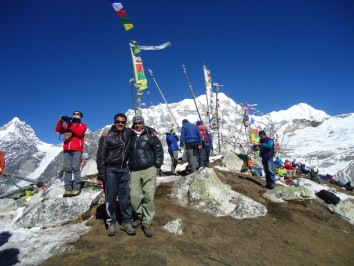
1st Jul, 2016
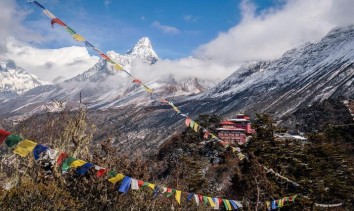
20th Sep, 2016

5th Jul, 2016
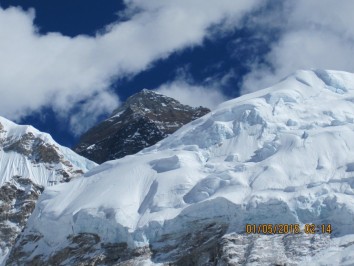
10th Jul, 2016
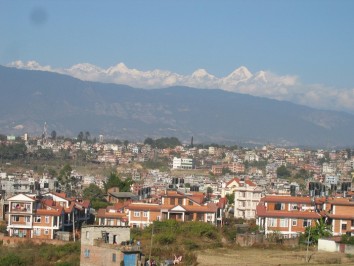
12th Mar, 2020
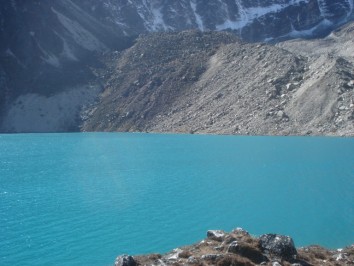
30th Jun, 2017
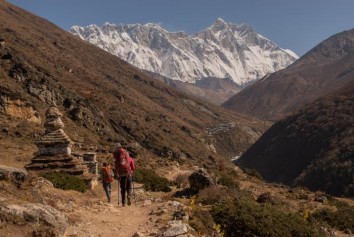
30th Aug, 2018

23rd Jul, 2017
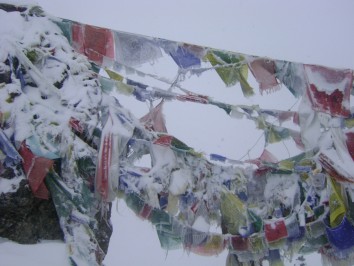
12th Jan, 2017
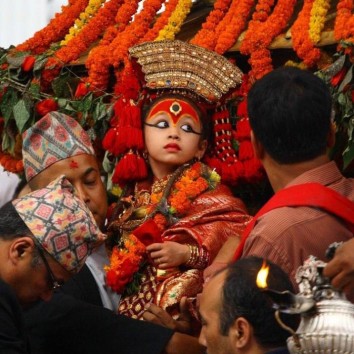
23rd Jul, 2017
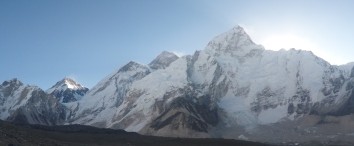
11th Aug, 2017
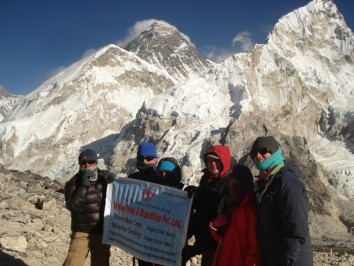
2nd Jul, 2017
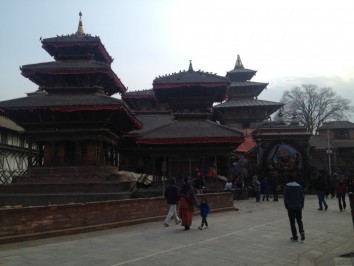
4th Sep, 2018
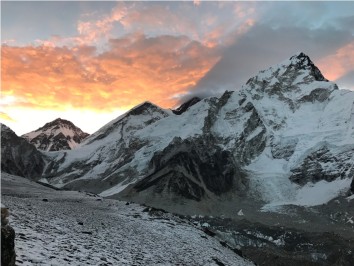
11th Aug, 2017
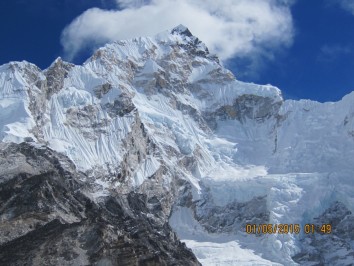
27th Jun, 2016
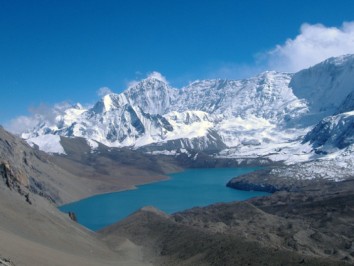
2nd Apr, 2017
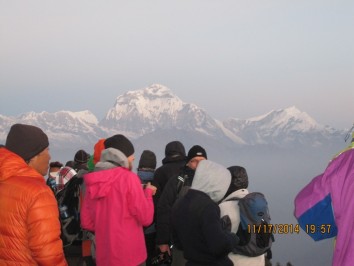
28th Jun, 2016
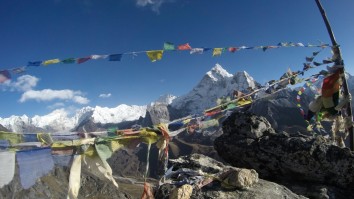
23rd Jun, 2016
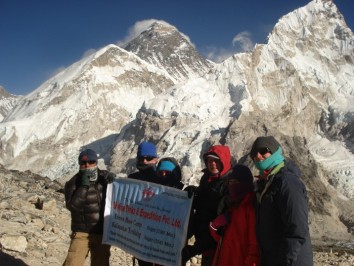
21st Sep, 2018
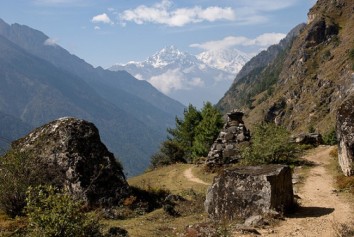
25th Sep, 2015

15th Sep, 2017
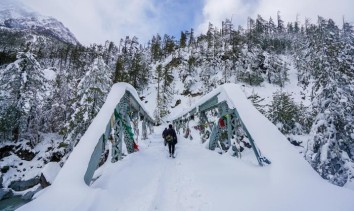
21st Jun, 2016
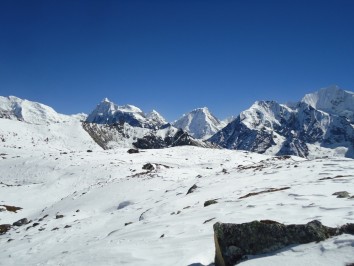
21st Aug, 2015
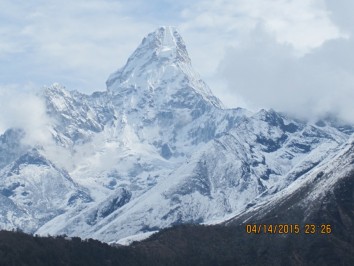
8th Jul, 2016
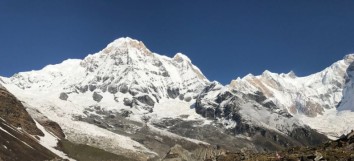
1st Jan, 2018

28th Sep, 2015
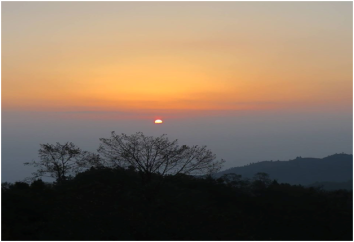
5th Mar, 2020
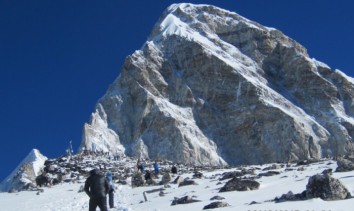
12th Sep, 2017
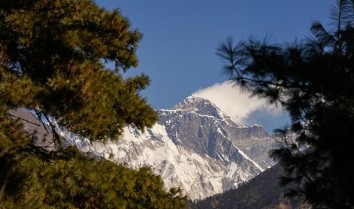
12th Sep, 2020

22nd Aug, 2017
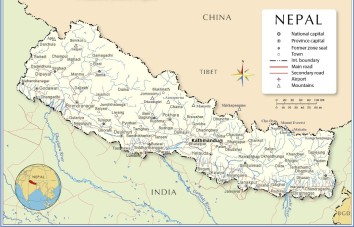
18th Aug, 2017
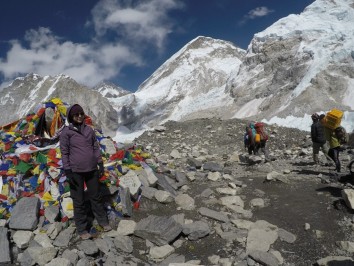
27th Sep, 2016
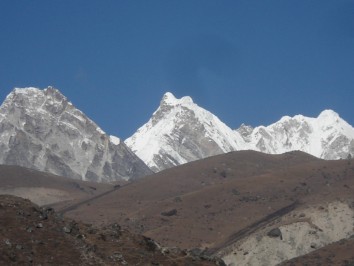
13th Jan, 2016
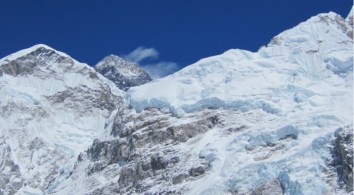
18th Aug, 2017

23rd Feb, 2020

6th May, 2018

31st Aug, 2017
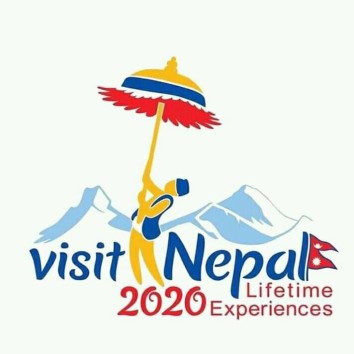
17th Feb, 2020
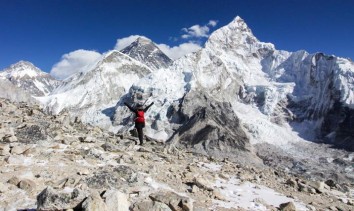
23rd Oct, 2017
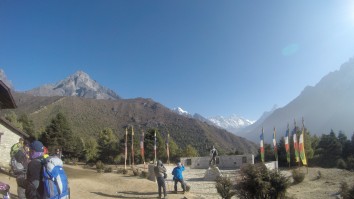
2nd Jul, 2016

9th Aug, 2016
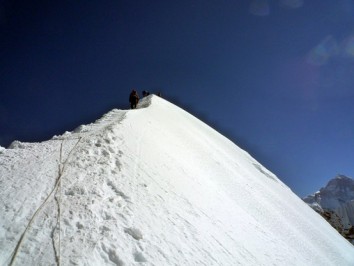
23rd Nov, 2022
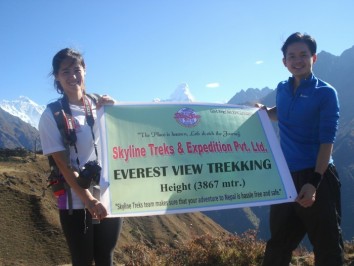
23rd Nov, 2022
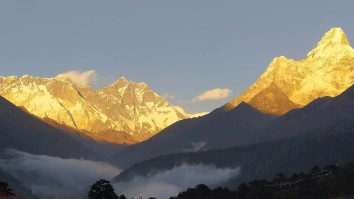
18th Dec, 2022
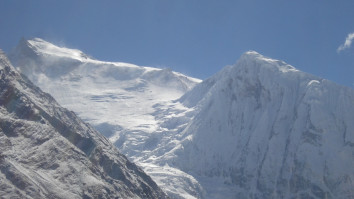
11th Mar, 2023
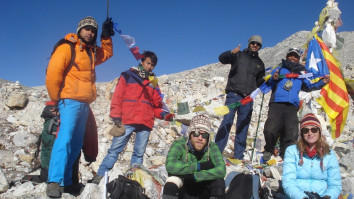
11th Mar, 2023
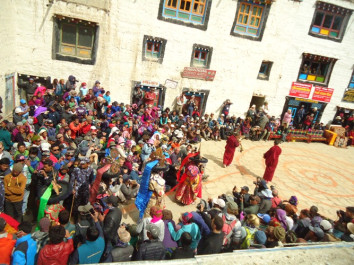
13th Mar, 2023
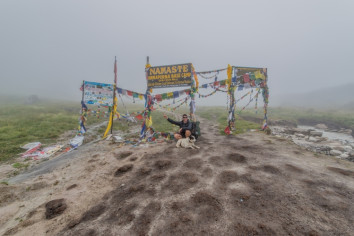
14th Mar, 2023
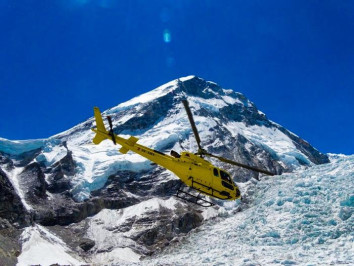
15th Mar, 2023
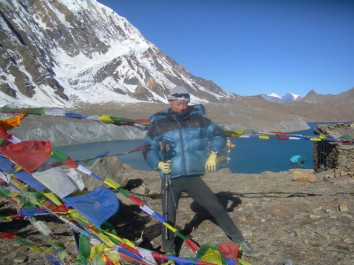
16th Mar, 2023
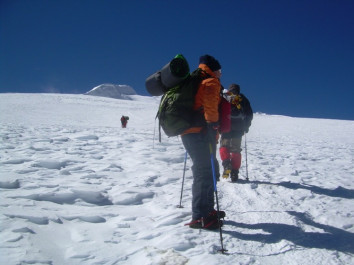
17th Mar, 2023
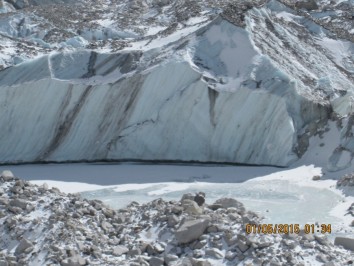
18th Mar, 2023
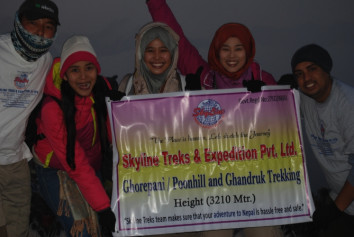
19th Mar, 2023
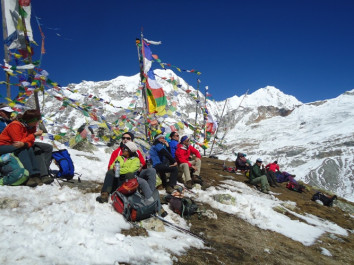
20th Mar, 2023
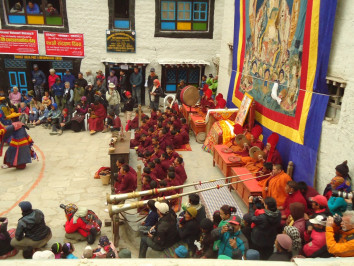
23rd Mar, 2023
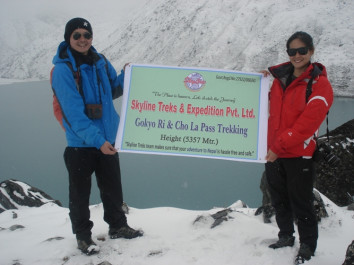
26th Mar, 2023
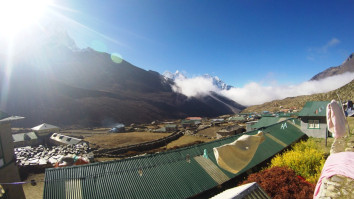
3rd Apr, 2023
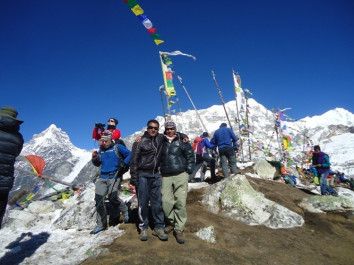
11th Apr, 2023
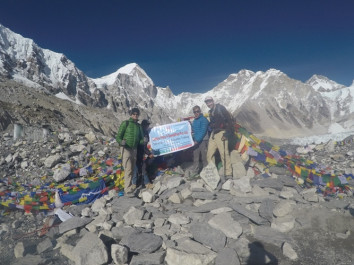
11th May, 2023
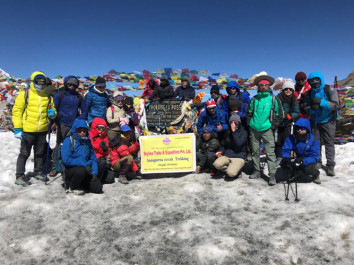
27th May, 2023
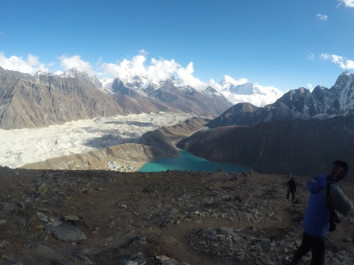
30th May, 2023
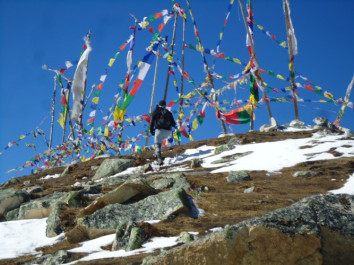
1st Jun, 2023
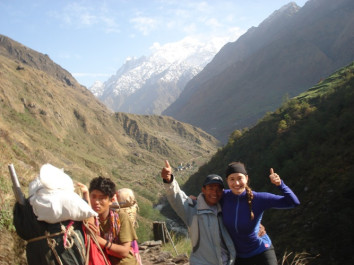
3rd Jun, 2023
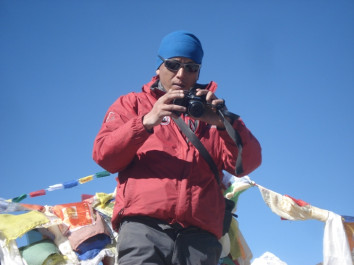
4th Jun, 2023
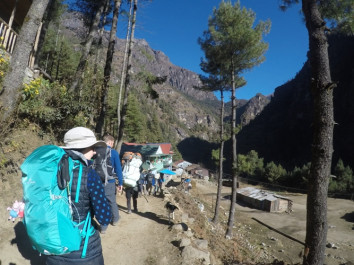
6th Jun, 2023
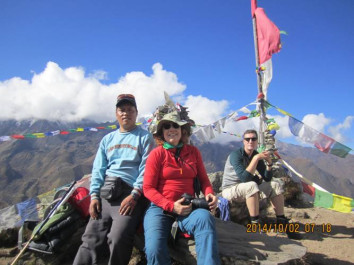
14th Jun, 2023
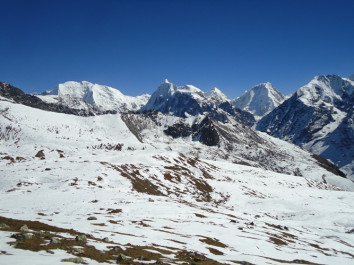
16th Jun, 2023
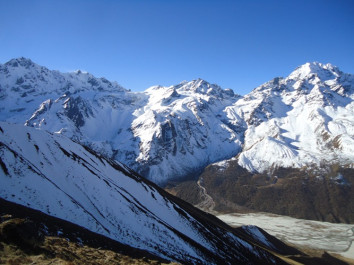
18th Jun, 2023
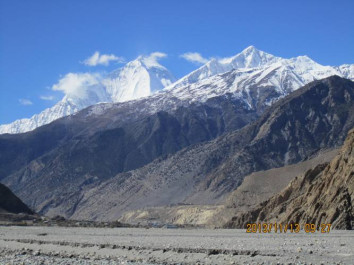
24th Jun, 2023
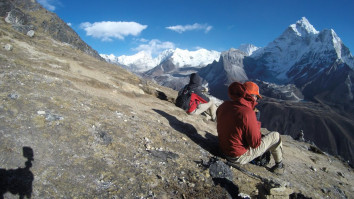
29th Jun, 2023
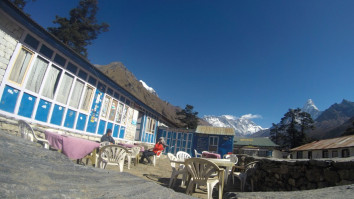
2nd Jul, 2023
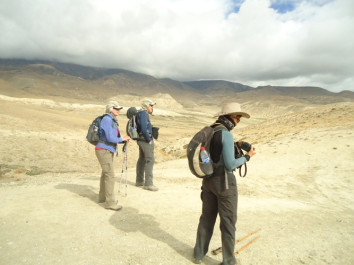
4th Jul, 2023
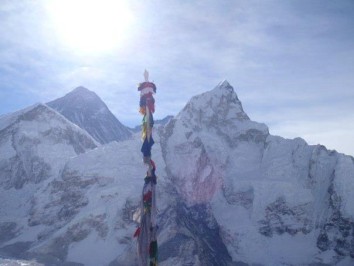
8th Jul, 2023
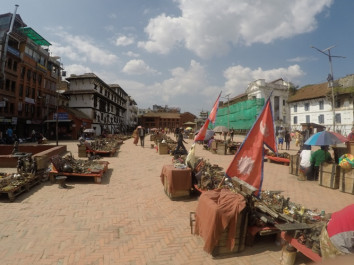
25th Jul, 2023
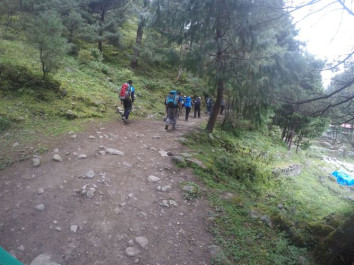
5th Aug, 2023
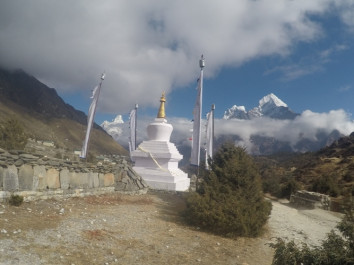
6th Aug, 2023
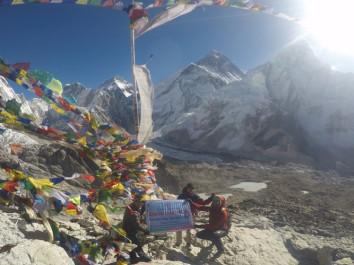
7th Aug, 2023
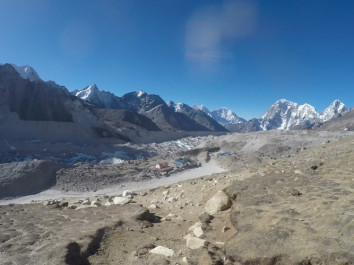
10th Aug, 2023
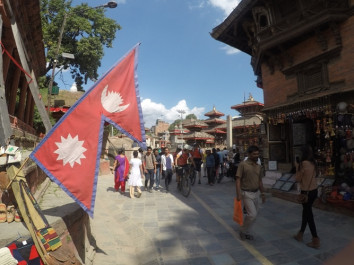
11th Aug, 2023
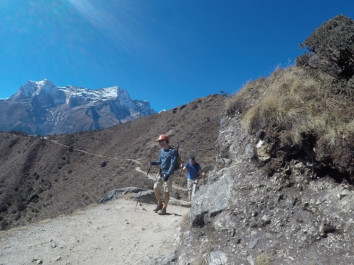
12th Aug, 2023
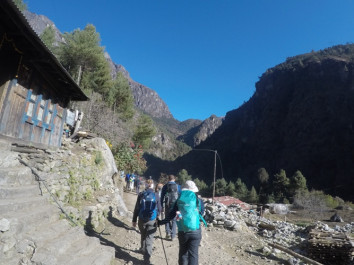
13th Aug, 2023
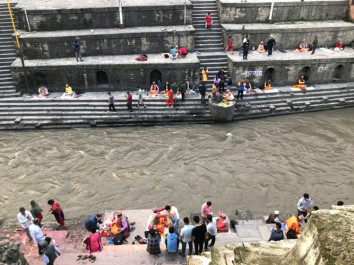
22nd Aug, 2023
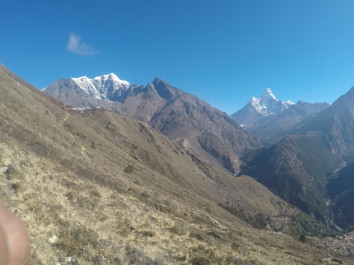
23rd Aug, 2023

24th Aug, 2023
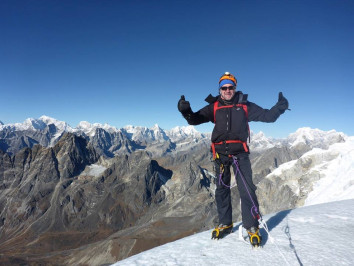
26th Aug, 2023
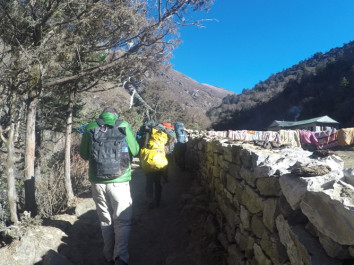
27th Aug, 2023
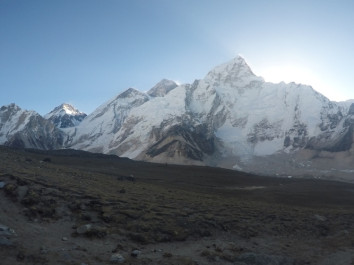
31st Aug, 2023
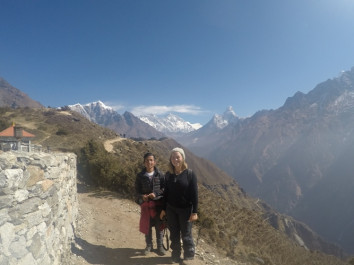
3rd Sep, 2023
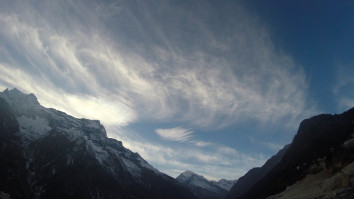
8th Sep, 2023
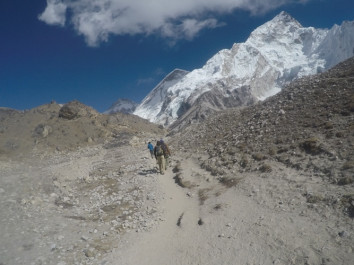
12th Sep, 2023
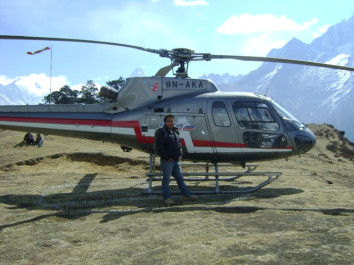
20th Sep, 2023
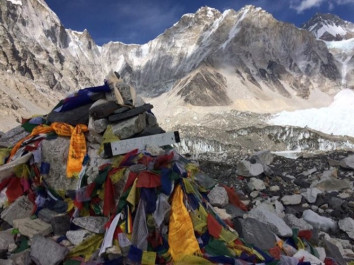
21st Sep, 2023
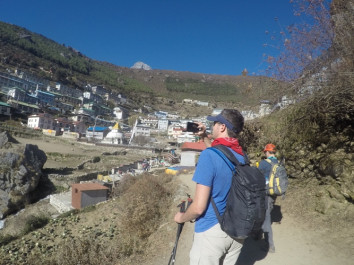
22nd Sep, 2023
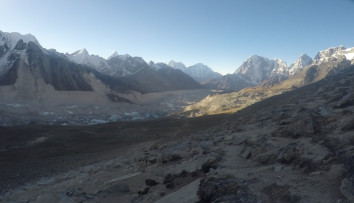
23rd Sep, 2023
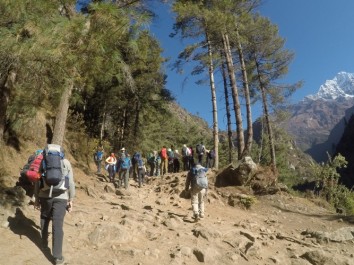
30th Sep, 2023
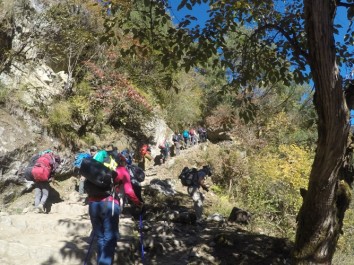
1st Oct, 2023
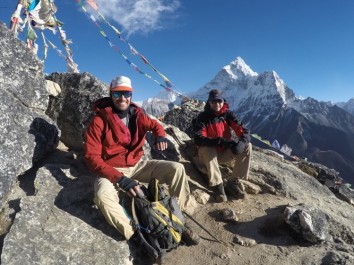
2nd Oct, 2023
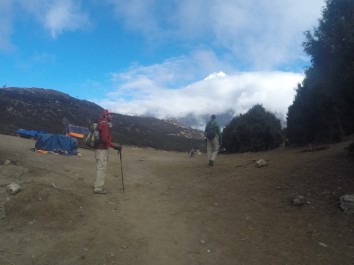
6th Oct, 2023
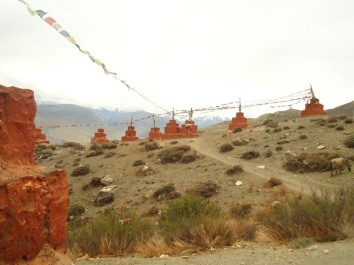
10th Oct, 2023
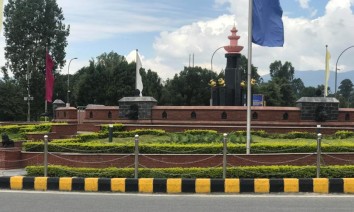
11th Oct, 2023
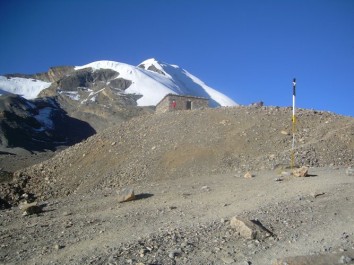
15th Oct, 2023
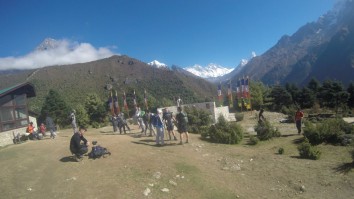
16th Oct, 2023
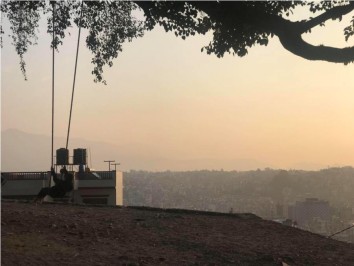
17th Oct, 2023
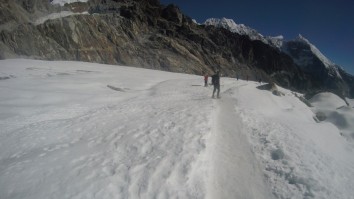
18th Oct, 2023
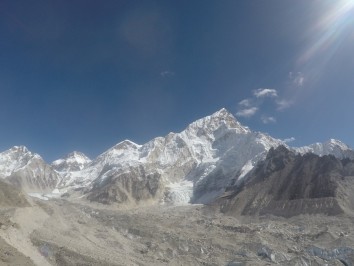
21st Oct, 2023
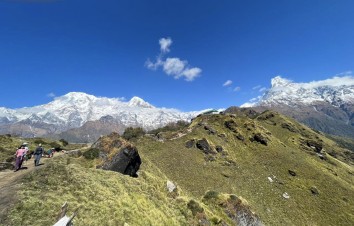
28th Oct, 2023
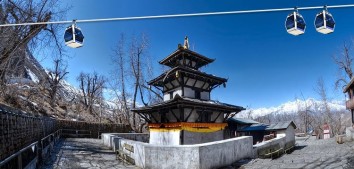
30th Oct, 2023
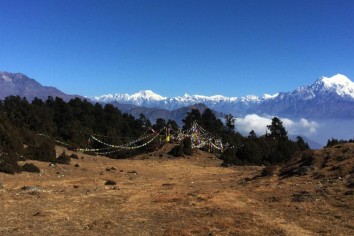
1st Nov, 2023
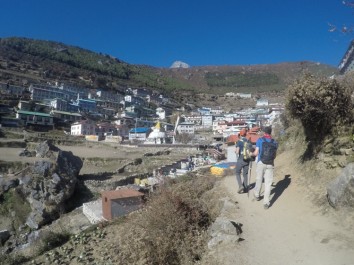
3rd Nov, 2023
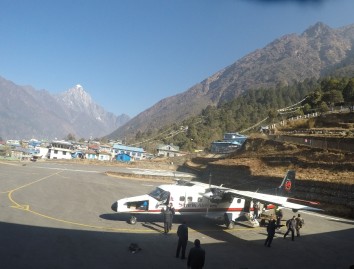
10th Nov, 2023
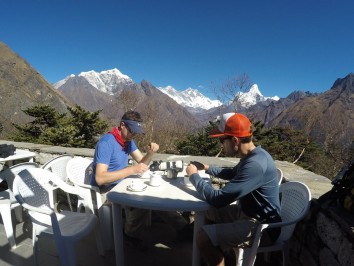
12th Nov, 2023
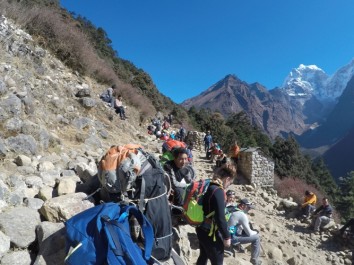
27th Nov, 2023
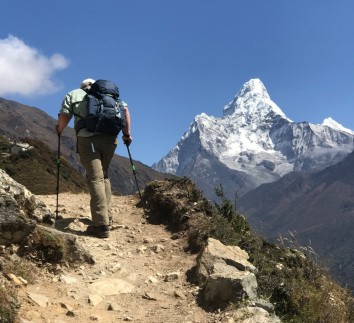
30th Nov, 2023
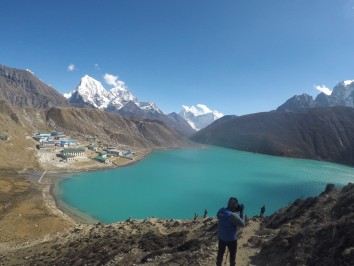
6th Dec, 2023
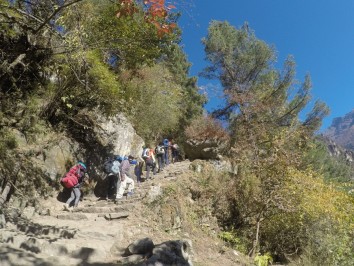
7th Dec, 2023
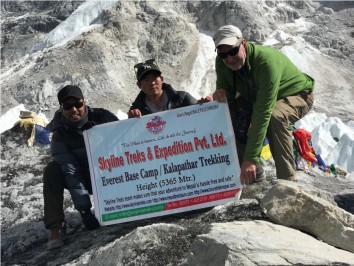
8th Dec, 2023
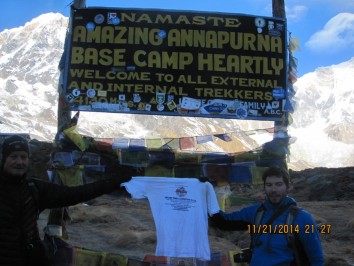
9th Dec, 2023
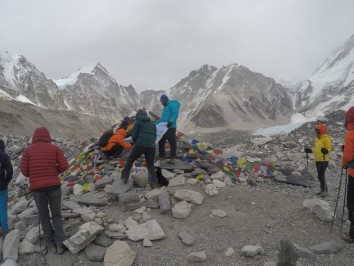
10th Dec, 2023
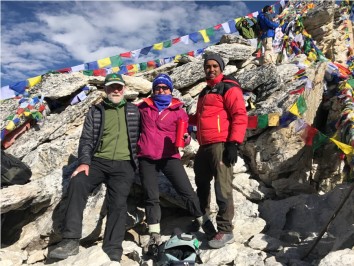
13th Dec, 2023
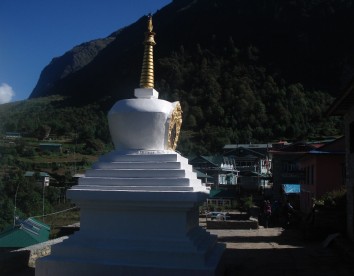
15th Dec, 2023
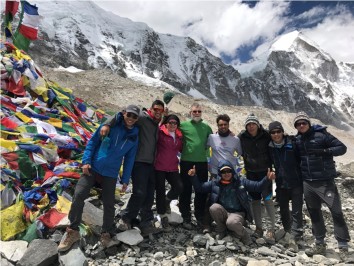
25th Dec, 2023
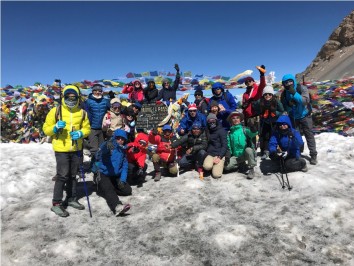
7th Jan, 2024
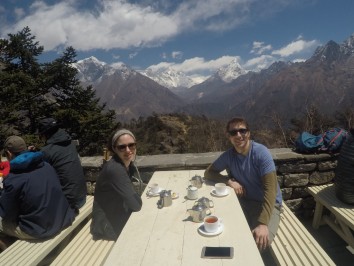
17th Jan, 2024
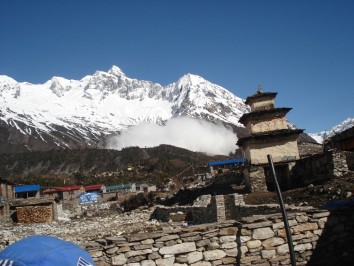
1st Feb, 2024
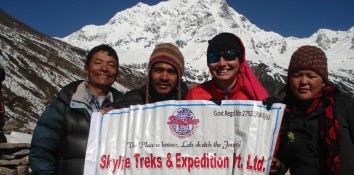
4th Feb, 2024
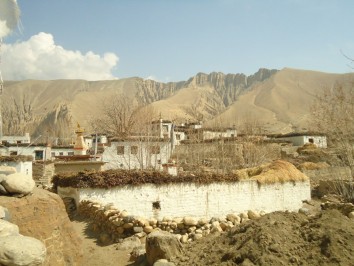
12th Feb, 2024
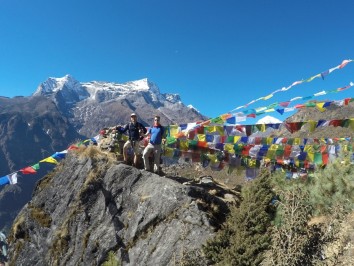
17th Feb, 2024
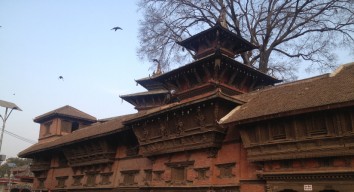
22nd Feb, 2024
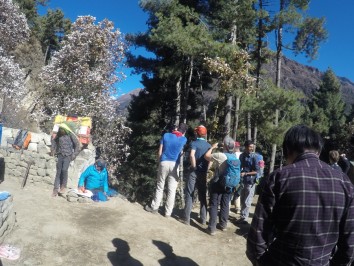
7th Mar, 2024
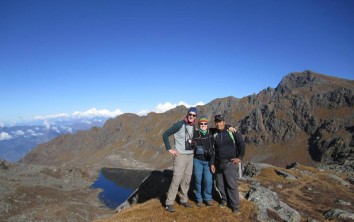
10th Mar, 2024
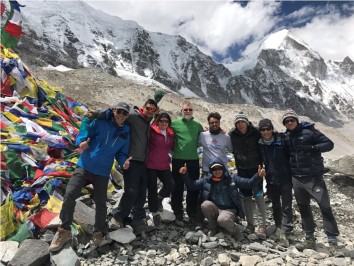
30th Mar, 2024
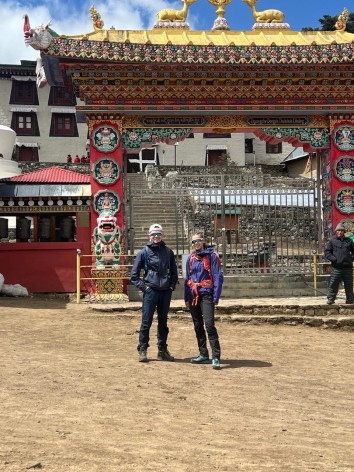
3rd Apr, 2024
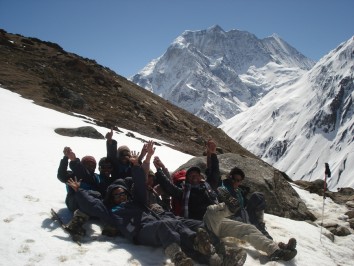
6th Apr, 2024
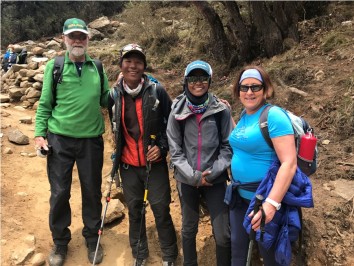
10th Apr, 2024
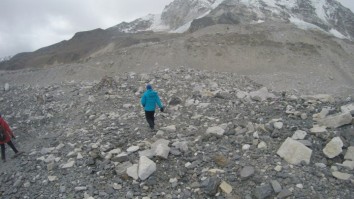
1st May, 2024
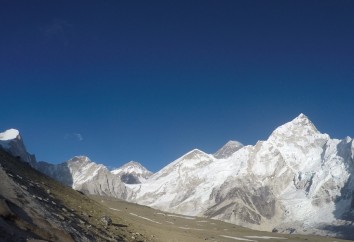
4th May, 2024
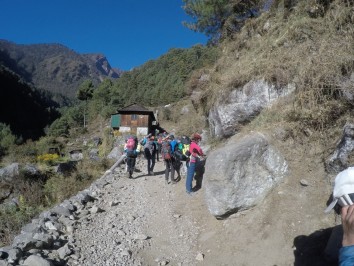
5th May, 2024
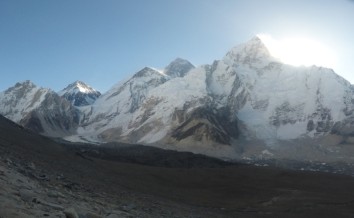
7th May, 2024
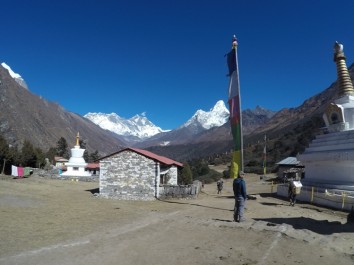
10th May, 2024
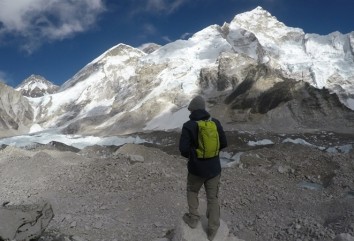
15th May, 2024
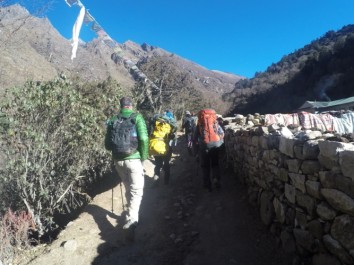
26th May, 2024
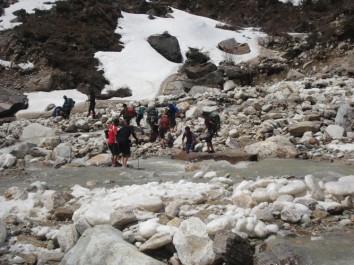
2nd Jun, 2024
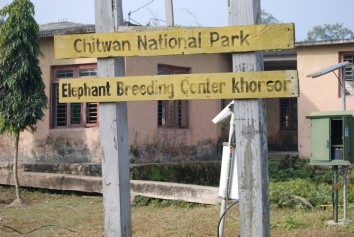
22nd Jun, 2024
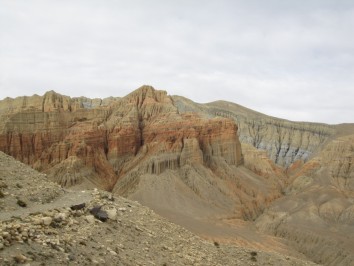
2nd Jul, 2024
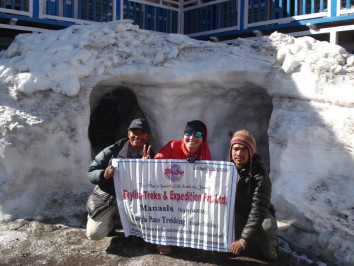
3rd Jul, 2024
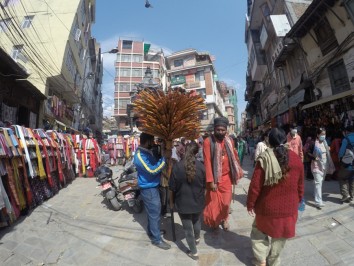
6th Jul, 2024
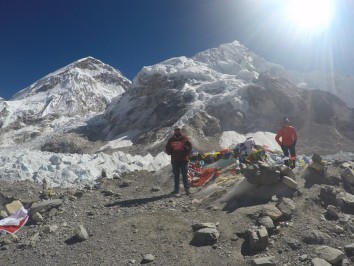
7th Jul, 2024
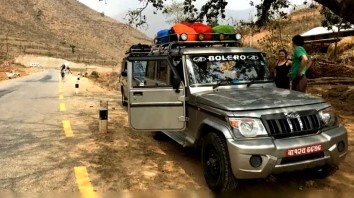
19th Jul, 2024
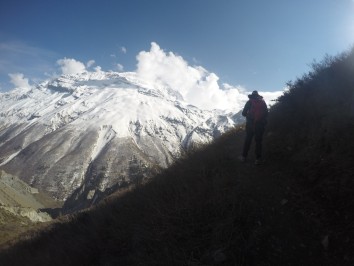
23rd Jul, 2024

28th Jul, 2024
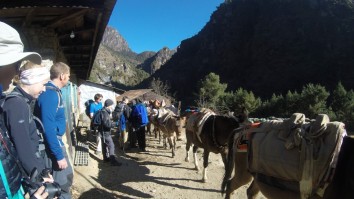
31st Jul, 2024
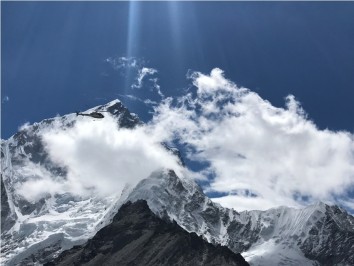
23rd Aug, 2024
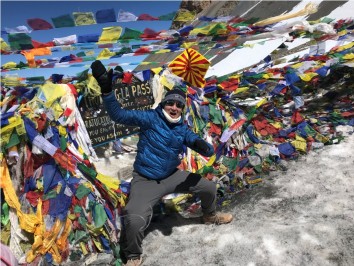
19th Oct, 2024

21st Oct, 2024
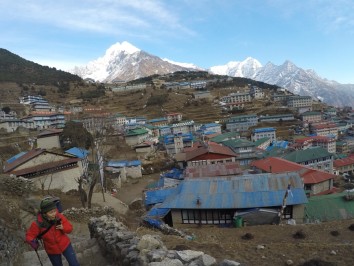
23rd Jan, 2025
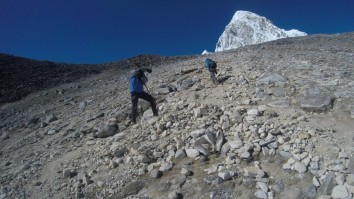
8th Feb, 2025
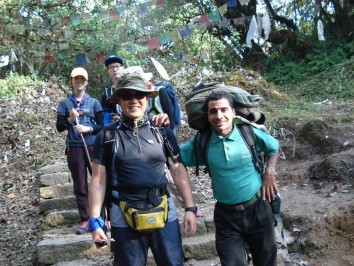
9th Mar, 2025
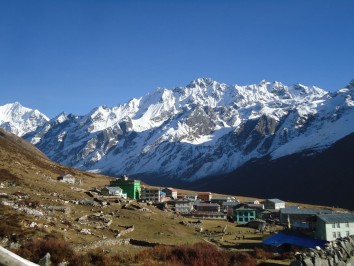
15th Mar, 2025
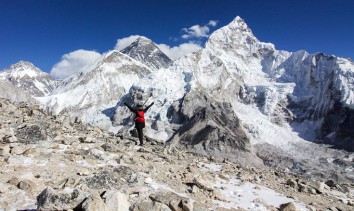
17th Mar, 2025
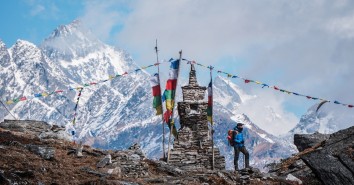
18th Mar, 2025

19th Mar, 2025
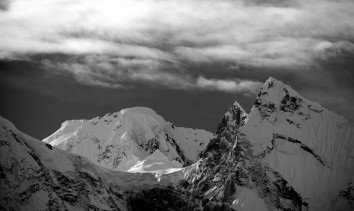
20th Mar, 2025

23rd Mar, 2025
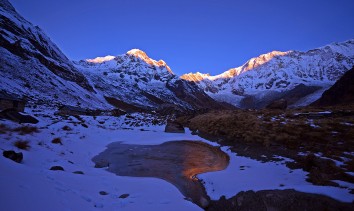
6th Apr, 2025
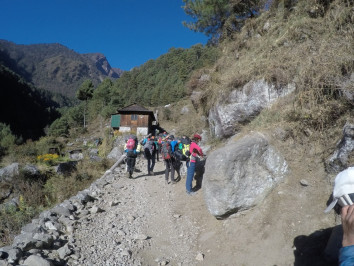
6th Apr, 2025
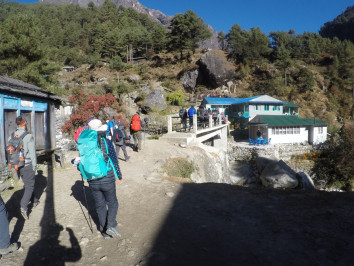
6th Apr, 2025
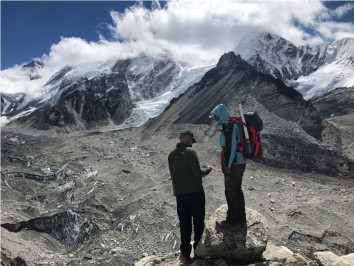
9th Apr, 2025
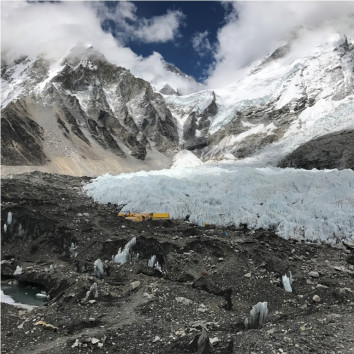
9th Apr, 2025
